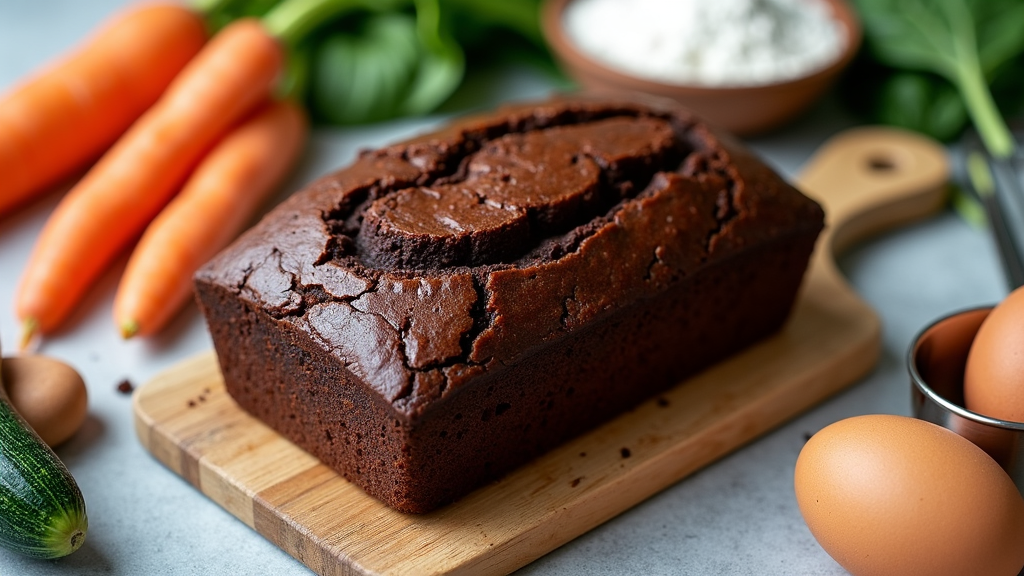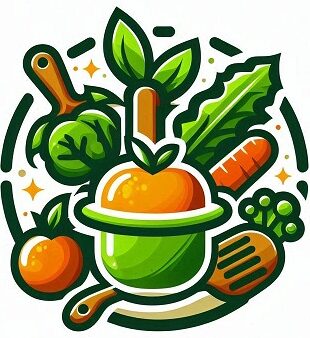
Adding Vegetables to Your Baked Goods: Fun, Tasty, and Surprisingly Easy
Baking with vegetables isn’t just a sneaky move to boost your nutrition. It’s actually one of my favorite ways to add moisture, flavor, and a bit of fun color to sweet and savory treats. Over the years, my kitchen has seen everything from deep green spinach muffins to classic carrot cake, all with no complaints from even the pickiest eaters. If you’ve ever hesitated about veggies in your brownies or bread, I totally get it. But honestly, once you start adding vegetables into your baked goods, you’ll wonder why you waited so long.
The best part about this approach is how flexible and forgiving it can be. You don’t need fancy gear or much experience. Even if you’re brand new to baking, there are easy ways to build in some extra veggies to the recipes you already love. So, if you’re up for mixing in new flavors and want foods that are a little healthier and a lot more interesting, keep reading for some really helpful ideas that will make you excited to bake.
Why Add Vegetables to Baked Goods?
- Better texture and moisture. Veggies like carrots, zucchini, and pumpkin pump up the moistness, so your cakes and muffins stay soft longer.
- Extra nutrients in every bite. You’ll get vitamins, fiber, and minerals with practically zero extra effort. This is pretty useful for kids and adults alike.
- Creative flavors and colors. Think about the natural sweetness in sweet potato, or the lively green shade from spinach. Your baked treats can look and taste way more interesting and eye-catching.
- Easy way to use up leftovers. Got some carrots or a bit of pumpkin hanging out in your fridge? Toss them into your next cake or bread recipe; less waste, more flavor every time.
Baking with veggies also gives a subtle sweetness and makes classic recipes just a bit lighter without losing any flavor. Who could say no to that?
Popular Vegetables That Work Well in Baking
Here are some vegetables I’ve had the most luck with in both sweet and savory baking adventures. They bring different textures, flavors, and even colors that turn ordinary recipes into next-level cool creations:
- Carrots: They add sweetness, color, and plenty of moistness. Carrots are perfect in cakes, muffins, and even cookies.
- Zucchini: Its mild flavor makes it easy to blend into chocolate breads, cookies, or tasty savory muffins. Grate it and squeeze out the extra water before adding to your mixture.
- Sweet Potato: This root veggie offers a creamy texture and a mellow, earthy, sweet taste. Great in brownies, muffins, pancakes—you name it.
- Pumpkin: You probably know it from pies and breads. Pumpkin gives a delicate flavor and a bright orange color that feels extra inviting.
- Spinach: Blend fresh spinach leaves and mix into muffin or cake batters for an energetic green pop and a mild, slightly sweet hint. Even picky eaters won’t notice!
- Beets: Their natural color is perfect for chocolate cakes, brownies, and pancakes. Beets add sweetness and keep things super moist and delicious.
You can even experiment with pureed squash, mashed avocado, or blended cauliflower for even more veggie options in your baking.
How to Prepare Vegetables for Baking
Grating and Pureeing
Grate hard veggies like carrots and zucchini to help them blend easily and bake evenly. For veggies like sweet potato, pumpkin, or beets, roasting then mashing or pureeing them usually works best for both taste and texture. You can even use canned purees; just keep an eye out for added sugar or salt so it doesn’t change your recipe.
Draining the Water
Lots of veggies, particularly zucchini and spinach, need a little prep before joining your batter. After grating, squeeze them with a kitchen towel to get rid of the extra water. This single step will help you avoid soggy breads and cakes.
If you’re using pureed vegetables, let them cool down to room temperature first. This keeps your dough from getting too runny, especially in delicate recipes like cupcakes or breakfast breads.
Simple Recipe Ideas That Use Vegetables
- Classic Carrot Muffins: A handful of grated carrots mixes into an easy muffin batter. Sometimes I toss in some raisins or chopped walnuts for extras.
- Chocolate Zucchini Bread: This one’s always a winner: super chocolatey and moist, thanks to grated zucchini that you can’t taste at all but makes everything soft and rich. Sprinkle in some chocolate chips for a bit more fun.
- Sweet Potato Brownies: Swap a portion of the butter or oil in your brownies for a cup of mashed sweet potato. The result is a fudgy, rich square that’s a bit healthier and totally delicious.
- Pumpkin Oat Cookies: Stir pumpkin puree into oatmeal cookies for a cozy, fall vibe any time of year. Add in cinnamon or nutmeg for warmth and flavor depth.
- Spinach Banana Muffins: Blend fresh spinach leaves with mashed banana, then fold into your favorite muffin recipe for a bright color and extra minerals. Kids won’t even notice what’s inside!
- Beet Chocolate Cupcakes: Add pureed beets to chocolate cupcake batter for a beautiful reddish tint and a super moist crumb. Top with a light creamy frosting and you’re good to go.
Try mixing shredded veggies into savory scones or breads for extra nutrients at breakfast or snack time, too.
Quick Tips and Variations
- If you’re new to baking with veggies, start by using half the amount listed in a recipe and increase it as you get comfortable.
- Adding spices like cinnamon, nutmeg, or vanilla helps blend the flavors into the batter.
- For savory bakes, pureed cauliflower or butternut squash work great in breads or biscuits, giving a nice texture and a subtle sweetness.
- Throw in nuts, dried fruit, or chocolate chips for extra crunch and flavor alongside your veggie additions.
- Freeze grated carrots, zucchini, or pumpkin puree in small portions so you’re always ready to add them to a batch of muffins or bread without extra work.
- If you’re keen to try something new, mash avocado into chocolate cakes or brownies for a creamy, healthy twist; the flavor blends right in!
- Consider using veggie purees to replace some of the fats or sugars in your recipes, making your treats lighter but still tasty.
Frequently Asked Questions
How do I stop my bread or muffins from getting soggy?
After grating veggies like zucchini or carrot, always squeeze out as much liquid as you can before mixing them into your batter. Too much moisture is often the cause of soggy results.
Will I taste the vegetables?
Usually, the flavors blend right in and are barely noticeable, especially when you add spices or chocolate. Sweet vegetables like carrots or sweet potatoes only bring more goodness to the table.
Can I use frozen vegetables?
Absolutely. Just thaw and press out any extra liquid before adding frozen veggies to your recipe.
Can I blend veggies into frosting or glazes?
Definitely. Try mixing a bit of beet puree into cream cheese frosting for a naturally pink finish, or use pumpkin puree in a glaze for fall-flavored desserts.
Share Your Veggie Creations!
If you’ve tried slipping veggies into your cakes, cookies, or bread, I’d love to hear about your experiences. Share your best ideas, recipes, or tips in the comments below. Happy baking, and here’s to tastier, more colorful treats with every batch!
